Palm Sunday Traditions Around the World
CHRISTIAN HOLIDAYS
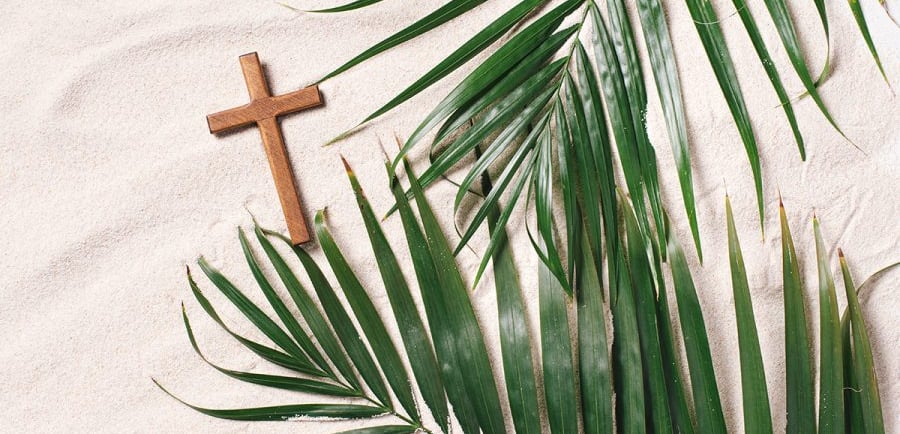

Introduction
Palm Sunday, which falls on the Sunday before Easter, marks the beginning of Holy Week in the Christian calendar. It commemorates Jesus Christ's triumphant entry into Jerusalem, where he was greeted with palm branches and hailed as the Messiah. While the central theme remains the same, the way Palm Sunday is celebrated varies across different countries and cultures around the world. In this article, we will explore the diverse traditions and customs associated with Palm Sunday, highlighting the unique ways in which people honor this significant day.
1.The Philippines
In the predominantly Catholic country of the Philippines, Palm Sunday is celebrated with great fervor and enthusiasm. The day is known as "Linggo ng Palaspas" or "Palm Sunday of the Palms." It begins with a procession, where the faithful carry intricately woven palm fronds or "palaspas" to be blessed by the priest. These blessed palms are then taken home and displayed in houses, often tucked behind crucifixes or religious icons. The palms are believed to bring protection and blessings to the household throughout the year.
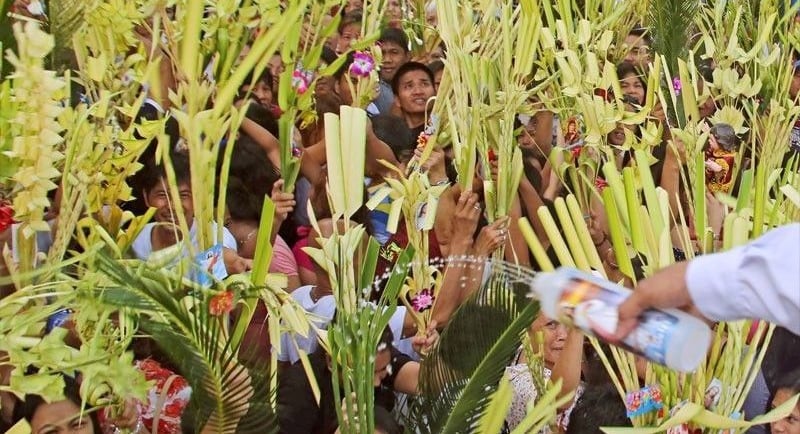

2. Spain
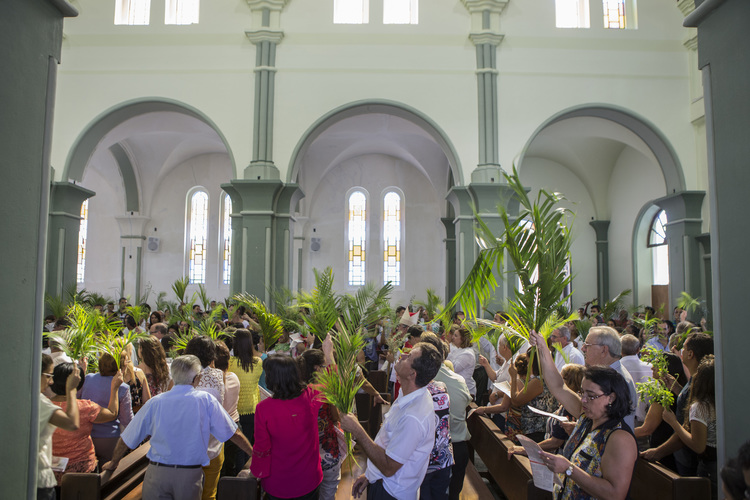

In Spain, Palm Sunday is known as "Domingo de Ramos" and is celebrated with grand processions called "La Borriquita" or "The Little Donkey." During these processions, participants carry palm branches and olive branches, symbolizing peace and victory. The highlight of the procession is the reenactment of Jesus' entry into Jerusalem, with children dressed as Jesus and riding on donkeys. The streets are adorned with palm leaves and colorful decorations, creating a festive atmosphere.
3. Italy
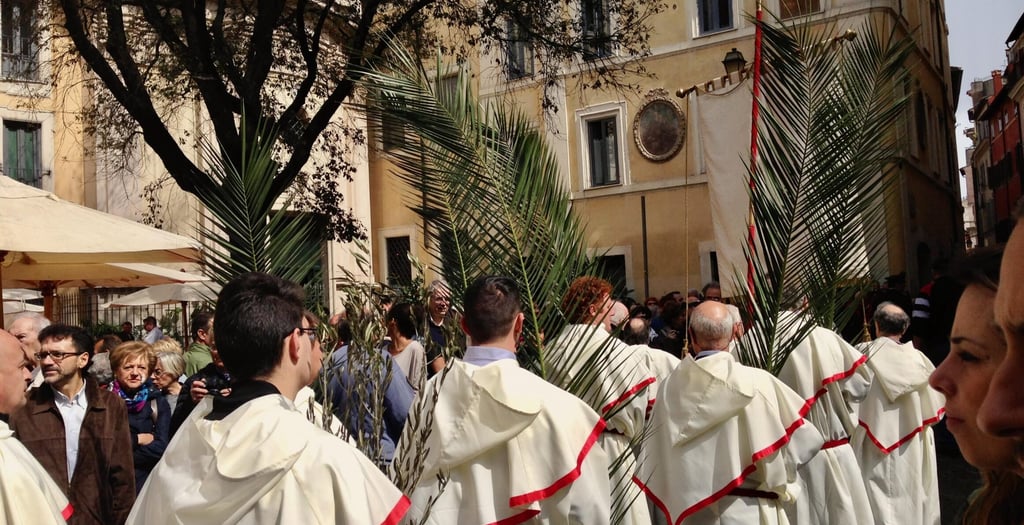

In Italy, Palm Sunday is called "Domenica delle Palme" or "Sunday of the Palms." The celebration begins with the blessing of the palms in the church, followed by a procession. In some regions, especially in Sicily, intricately woven palm fronds are crafted into elaborate shapes, such as crosses, doves, or even miniature replicas of famous landmarks. These palm creations, known as "palmureddi" or "palmureddu," are considered sacred and are often displayed in homes as a symbol of protection and good luck.
4. Poland
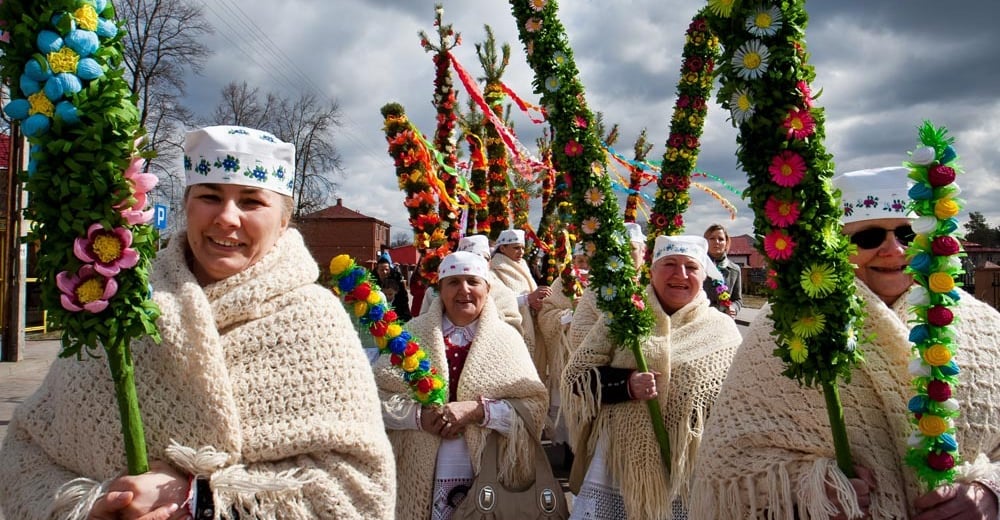

In Poland, Palm Sunday is known as "Niedziela Palmowa" and is celebrated with the custom of creating decorative palm branches called "palmy." These palmy are made from dried flowers, herbs, and colorful ribbons, and can reach impressive heights of up to 30 feet or more. The palmy are carried in processions and are blessed by the priest. It is believed that the taller the palm, the more protection it will bring to the community. After the procession, the palmy are often displayed in homes or cemeteries as a sign of devotion.
5. Greece
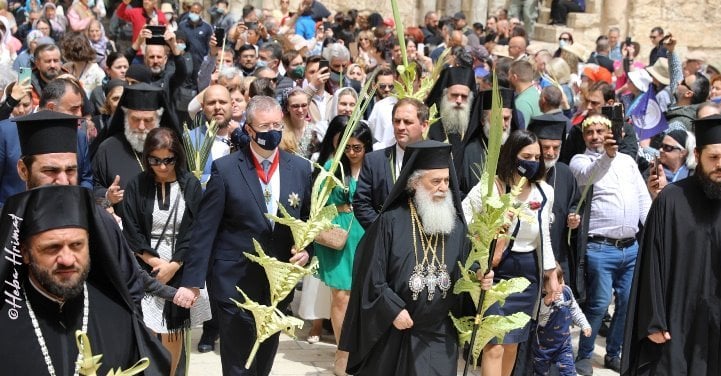

In Greece, Palm Sunday is referred to as "Kyriaki ton Vaion" or "Sunday of the Palms." The day is marked by the tradition of making decorative crosses from palm leaves, olive branches, and flowers. These crosses, known as "lambades," are often adorned with ribbons and colorful decorations. They are carried in processions and are later brought home to be displayed during the Easter season. The lambades symbolize the light of Christ and are believed to bring blessings and protection to the household.
6. Ethiopia


In Ethiopia, Palm Sunday is known as "Hosanna" and is celebrated with great joy and enthusiasm. The day begins with a colorful procession, where the faithful carry palm fronds and sing hymns of praise. The palm fronds are then taken home and placed above doorways or windows as a symbol of protection and blessings. In some regions, the fronds are also used to create intricate designs on the ground, which are believed to ward off evil spirits.
7. United States
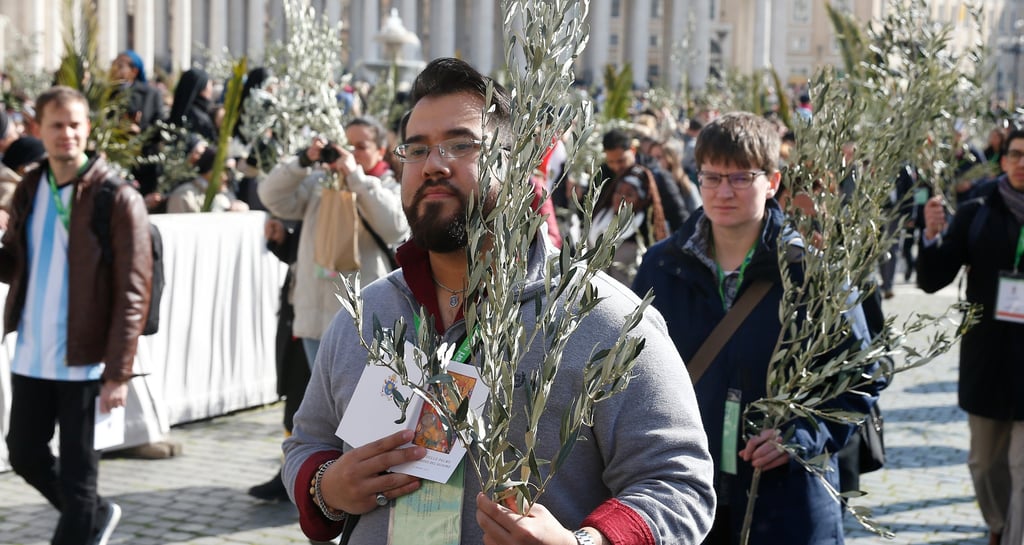

In the United States, Palm Sunday is celebrated in various ways, influenced by the diverse Christian denominations and cultural backgrounds of its people. Many churches distribute palm branches to their congregation, who wave them during the processional hymns. Some churches also hold outdoor processions, where the participants walk around the church or the surrounding neighborhood, singing hymns and carrying palm branches. In some parts of the country, especially in the southern states, Palm Sunday is also associated with the tradition of "Palm Sunday tornado drills," where schools and communities practice tornado safety procedures.
Conclusion
Palm Sunday is a significant day in the Christian calendar, symbolizing Jesus' entry into Jerusalem and the beginning of Holy Week. While the central theme remains the same, the traditions and customs associated with Palm Sunday vary across different countries and cultures. From the Philippines to Spain, Italy to Poland, Greece to Ethiopia, and the United States, each place has its unique way of honoring this sacred day. Whether it is through processions, decorative palm branches, or symbolic displays, these traditions serve as a reminder of the importance of faith and the enduring legacy of Palm Sunday.
